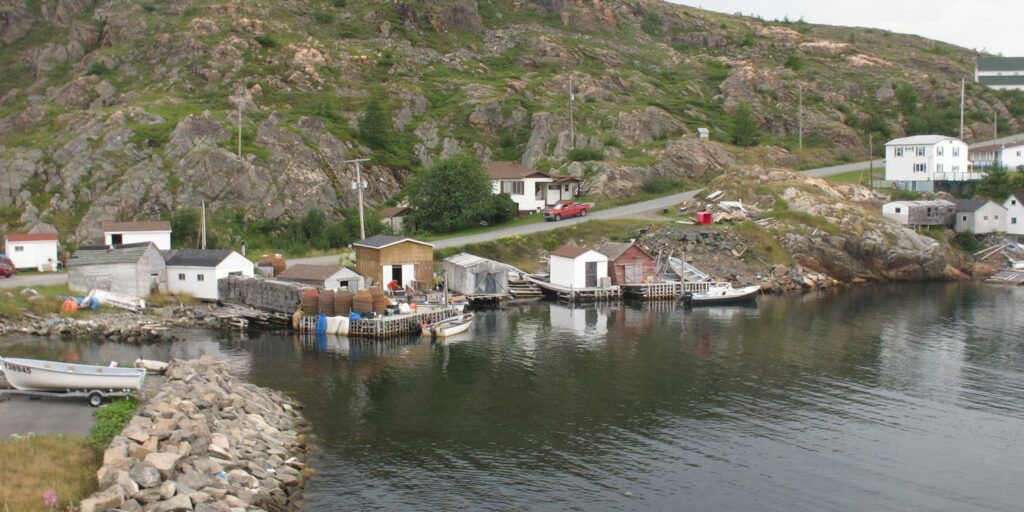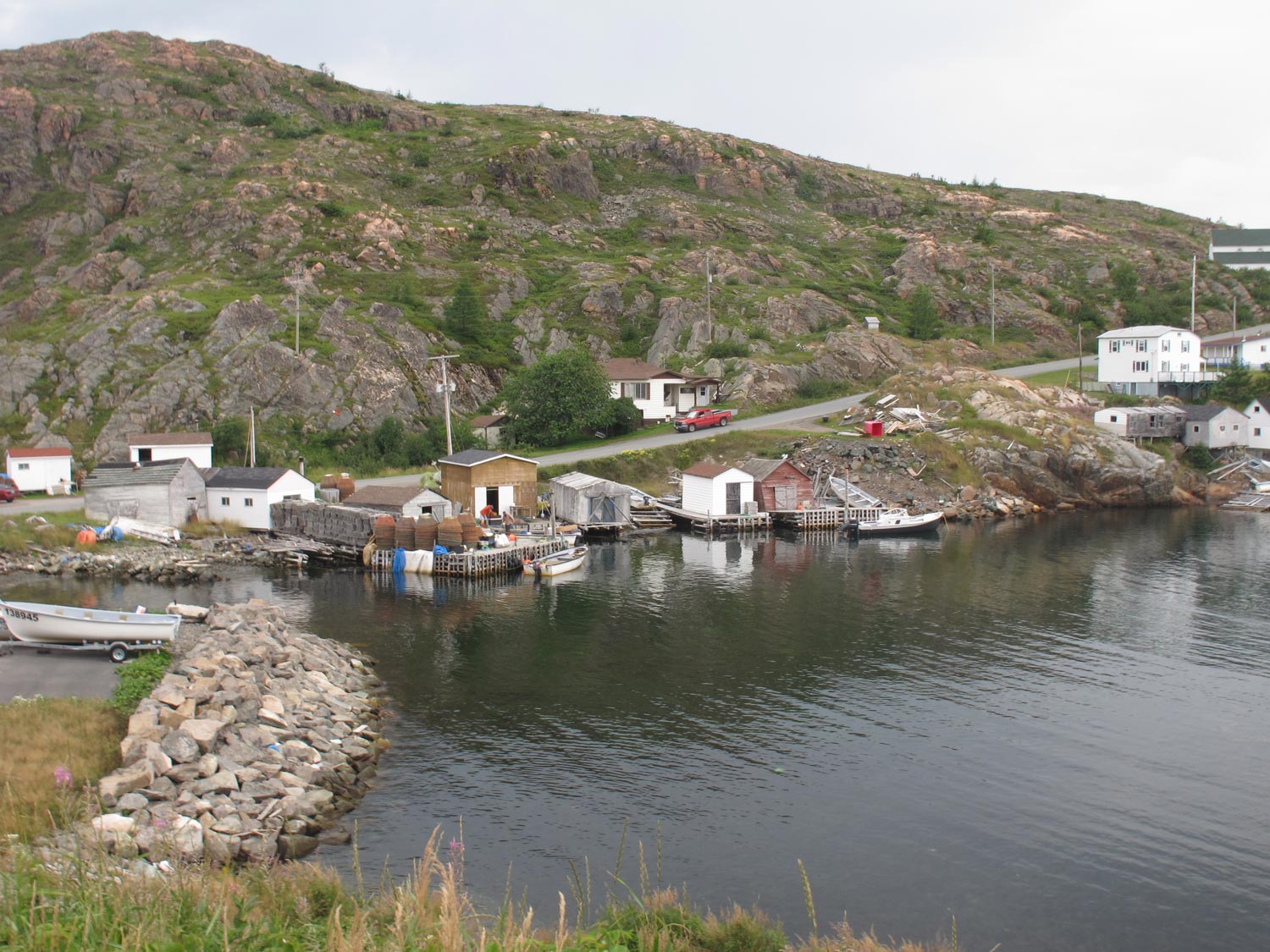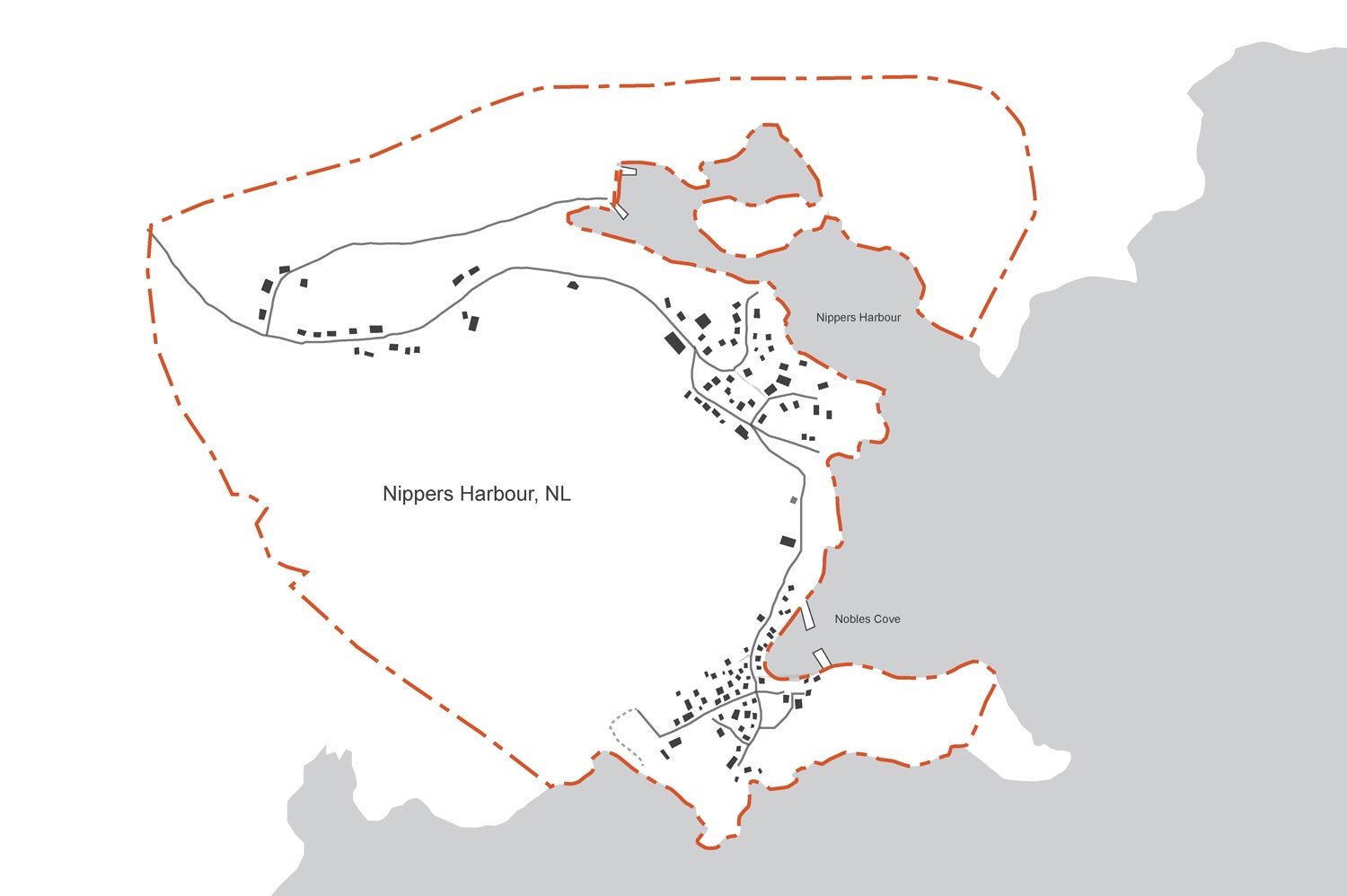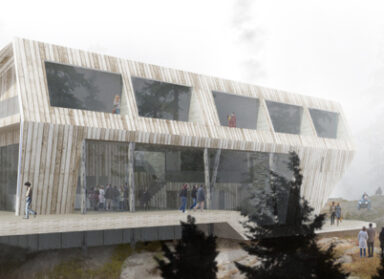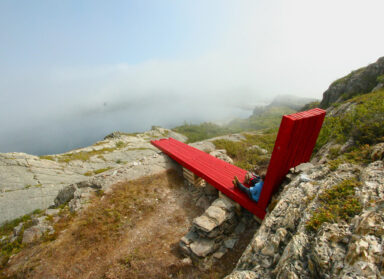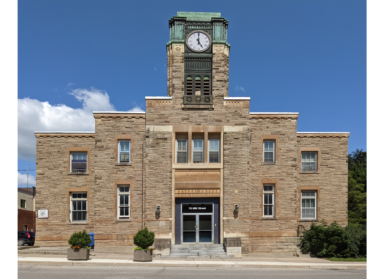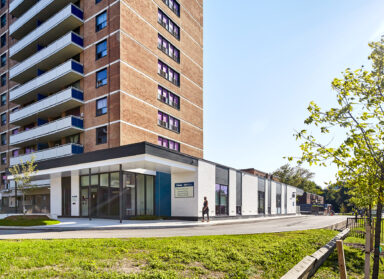For the past five years, ERA’s Culture of Outports team has been working with rural communities along Newfoundland’s coast to foster liveable communities through research, design, and planning. In the summer of 2014, Culture of Outports worked with Mitacs, a not-for-profit organization that builds working relationships between academia and industry by placing research interns with organizations in need of research expertise. Culture of Outports’ Mitacs internship focused on communities in Newfoundland’s Baie Verte Peninsula.
Undertaking a research project in relatively isolated communities requires a unique methodology – one that doesn’t lend itself to long hours sitting at a desk. Culture of Outports has developed a ‘mobile studio’ approach to field research, a method that accomplishes three things crucial to our work: first, community engagement that goes well beyond a typical workshop or facilitated feedback session; second, the flexibility to look at both the physical artefacts of a community and the intangible heritage which shaped the area and will compliment its future development; and third, an understanding of the inter-relationship of physical forms, intangible resources, geographical setting, cultural and economic factors, and community.
This research leads to Cultural Background Reports and Community Cultural Economic Plans, which include an outline of the community’s historic evolution, maps illustrating shifting built landscape and culture touch points, context plans, and an inventory of tangible and intangible cultural heritage resources, including buildings, structures, cultural landscape features, and changes in industry and infrastructure. The reports also identify community values and priorities and suggest opportunities for sustainable development and long-term growth.
The opportunity I had was to travel to Nipper’s Harbour to conduct field research. Field research is an important method necessary to understanding the social and physical environment of the community; it allows for informal conversations with residents, and the ability to accurately map and take inventory of the community’s cultural heritage. While the team was visiting Nipper’s Harbour in Baie Verte we learned of three additional communities in the region who faced similar challenges of population retention and economic revitalization. With a short detour, we were able to visit Snooks Arm and Round Harbour – a near ghost town with almost no permanent residents – and compare and contrast these communities with Nipper’s Harbour.
Travel also allowed the team to spend a few days in the neighbouring community of Burlington – the site of the very first CoO build in 2010. We were lucky enough to arrive during the annual Gathering Festival – an intimate two-day festival with music, entertainment, and meals prepared by Newfoundland’s best chefs. While there, we learned about several initiatives the residents are taking to make their community more liveable, like the addition of a greenhouse that supplies fresh produce to community members who otherwise need to drive 30 minutes to the nearest grocery store. It was great to see the tangible outcome of the earlier Community Economic Plan, which identified opportunities just like this one.
This blog post was prepared by Kathryn Douthart, the 2014 Mitacs Research Intern for Culture of Outports. She is a Master’s Student of Architecture at Ryerson University and Co-founder / blogger at Blog Homage.
